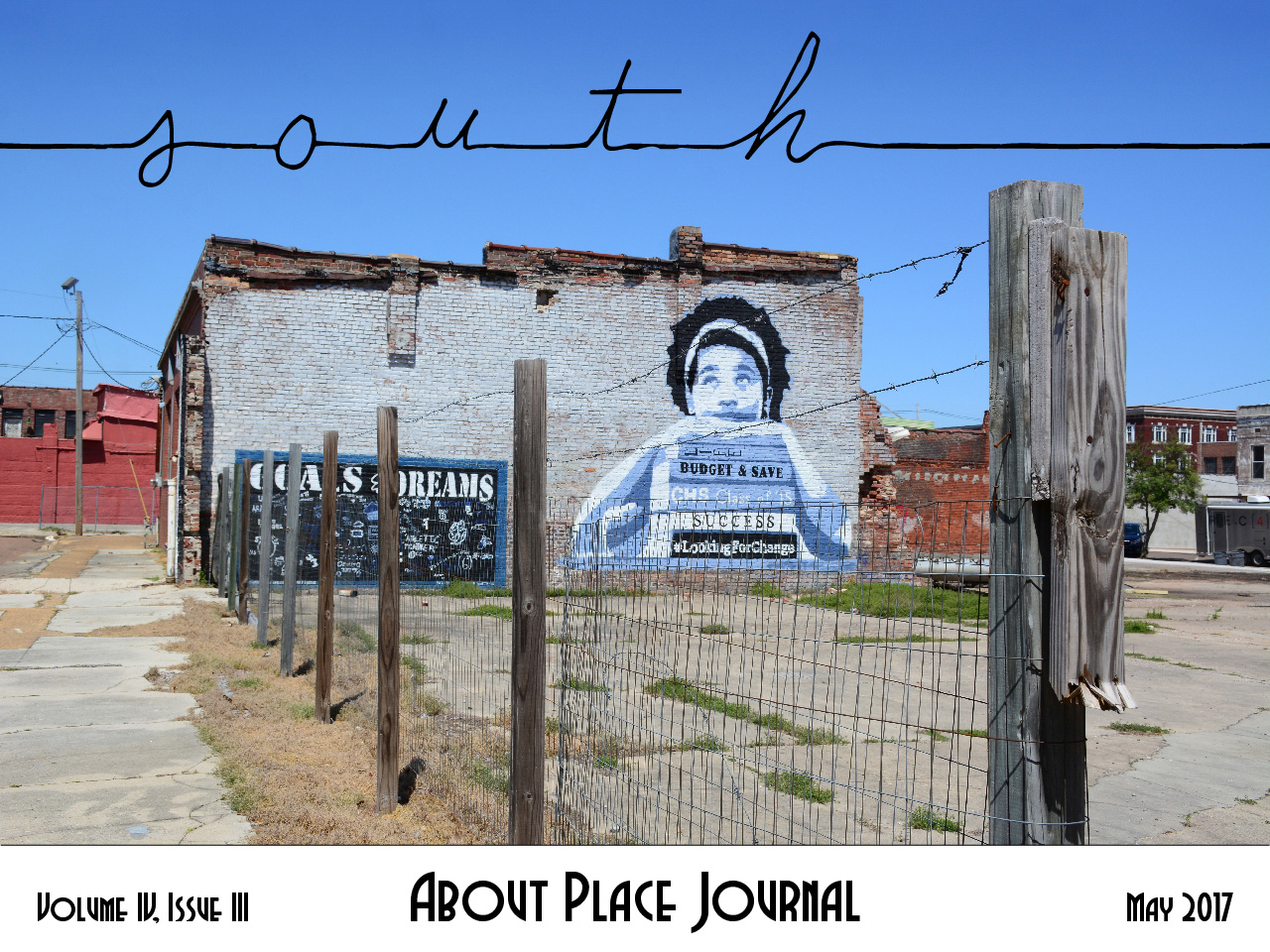Windows and skylights, even a single church cross,
The men inside must be waiting for weather to pass,
or for the day boat to pull in
with bushels of fish to carry in from the dock,
dreaming of it.
In the foreground, three boats have found their final landing tied to each other against the riprap. One vessel’s sound, but broken up along its gunwale, another with sturdy bow but torn in half behind its steering wheel, the third just ribs with enough planks to separate it from the dirt. The ships are bound together like a monument to work done and over, time passed, never to come around again.
Lichen and rust,
From earth to axe to gulf to shore and dust.
Between, rows of fish traps stacked
Green nets and yards of twine
On wing halfway above the horizon, a pelican fights into the wind. Black and white against the gray, the bird’s an aberration, wings pulsing, a shift in tone between squall lines. Maybe it’s a harbinger. Maybe a scourge. Maybe, more than the traps, it’s proof the gulf cannot run barren. Life is not decay, not the slow loss of color and grain. The bird will dive into the surf soon enough, scoop up fish for its young, and carry that catch back to its nest to spark a scene more vibrant than shored boats and empty traps. Even in still photos, the narrative must flow.
Shells cover the shoreline, underfoot,
smaller, more part of the place,


